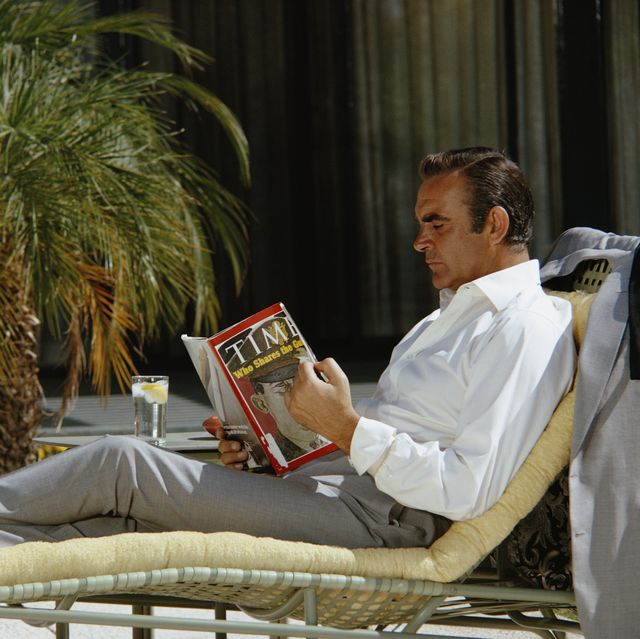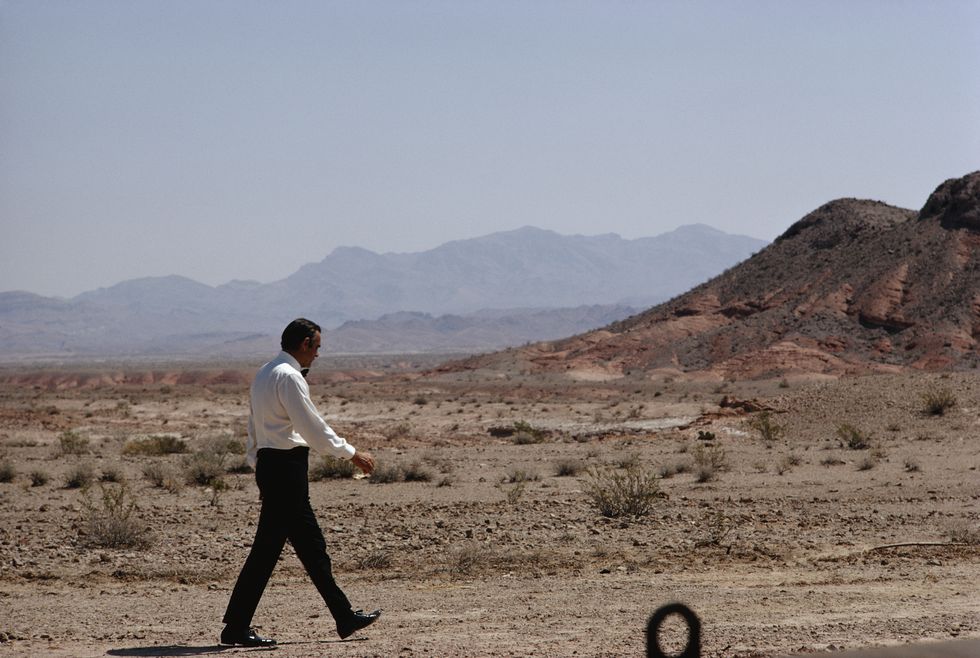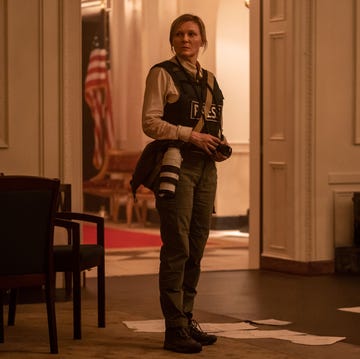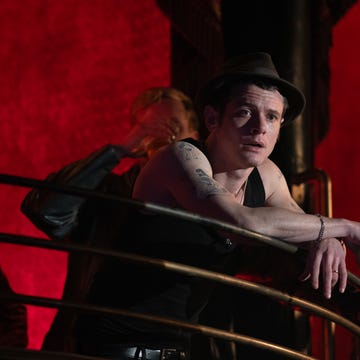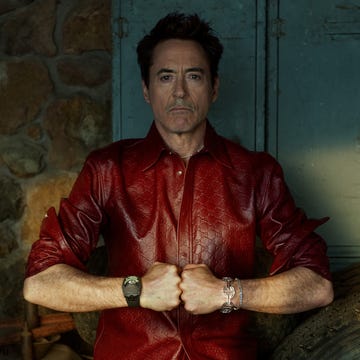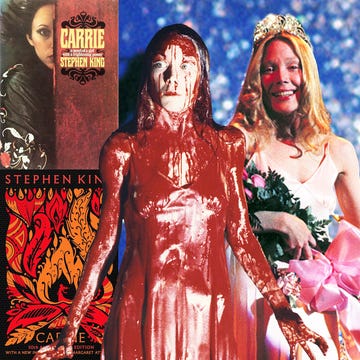Sixty years after his cinematic debut in 1962’s Dr No and James Bond is in rude health. Daniel Craig, the sixth and arguably best of the ‘official’ Bond actors, finished the strongest run of Bond films with last year’s No Time To Die. The film was a critical and commercial success that succeeded – finally – in dragging Bond into the 21st century, with a newfound focus on family as well as the sheer weariness of saving the world time and time again.
For many, of course, nobody does it better than the original Bond, the late Sean Connery who originated the role in six films between 1962 and 1971. From secret volcano lairs and gyro copters to henchmen with killer bowler hats, there is much to be celebrated about this original run. There’s also much to disdain, in the form of casual racism, misogyny, and classicism. As a result, the Connery films have been rightly reappraised, overlooked recently in favour of George Lazenby’s On Her Majesty’s Secret Service, a one-off for the actor that has been re-evaluated as an under-appreciated classic.
But there is another Bond worthy of revaluation. Based partly on a dream experienced by producer Albert R. Broccoli, 1971’s Diamonds Are Forever was one of the most widely-panned Bond films upon its release with reviewers critical of the film’s slow plot and less than exotic locals. It is, in fact, one of the best in the series.
In case the film has slipped your mind, let’s recap. After 1967’s bloated You Only Live Twice, Sean Connery was firmly done with the role that made his name. An unknown Australian model, George Lazenby stepped in and the series attempted to do something different. In On Her Majesty’s Secret Service Bond gets married and eventually loses his wife, Tracy, at the hands of arch-nemesis Blofeld. The film divided opinion but the producers were nevertheless keen to have Lazenby return. The only problem was that on the advice of possibly the worst agent in Hollywood, Lazenby had only signed on for one film. After much back and forth, Connery was tempted back, being paid a then-record $1.25 million (which he used to establish the Scottish International Education Trust which provided funding for Scottish artists). Almost a decade after his debut, Connery was back.
What follows is one of the most low-key Bonds ever committed to celluloid. The film sees Bond travel to Amsterdam then Vegas on the trail of diamond smugglers. After many twists and turns the big bad is of course revealed to be Blofeld who is using the diamonds to create a satellite laser beam capable of destroying the earth. Yes, this “giant freakin’ laser beam” and the subplot around Blofeld surgically altering stand-ins to look exactly like him undoubtedly inspired Austin Powers’ arch nemesis Dr Evil and his clone Mini Me. Thankfully, ill tempered sea bass do not feature.
The bombastic Austin Powers send up is hilarious, but ironically, Diamonds… is arguably Connery’s most muted Bond film. There are no volcano lairs. No one is covered in gold paint. There isn’t a henchwoman with a poisoned blade in her shoe and Connery definitely, absolutely does not affect ‘Asian-face’ in one of the most ill-conceived plot devices in cinematic history.
Instead, what we get is a low-key affair more akin to the type of existential thrillers that would come to define the 1970s. The film knowingly mocks the moon landings with Bond tearing through a secret lunar film set and the film’s denouement takes place not in Fort Knox or a remote island base, but on an oil rig. Before Timothy Dalton and Daniel Craig this was a welcome attempt at grounding a Bond film.
I’m not saying Diamonds… is Three Days Of The Condor or Marathon Man, but they do share some DNA. Swapping Swiss mountains and Jamaican islands for the desert of Nevada, Diamonds sees Bond largely gadget-free on a low stakes mission. The muscle car chase through the streets of Vegas will whet your appetite for Bullitt while a brutal elevator fight equal to anything Craig – or John Wick, for that matter – can throw at us. And, while the most distasteful early Bond tropes still persist to some degree – see Plenty O’Toole being thrown from a hotel window – the film takes an unusually progressive approach in its queer henchmen Mr. Wint and Mr. Kidd, arguably two of the finest villains of the series. Meanwhile gymnastic adversaries Thumper and Bambi show that – shock! – women can put Bond in his place too.
The early ‘70s aesthetic is also a treat. Connery’s tailoring has been loosened up without straying into the full blown safari suits of the later Roger Moore outings. Here his bow tie and lapels are larger, his hair that bit shaggier; his bone-white suit and pink tie combination could well be your new summer wedding look. The film celebrates some great architecture too. It’s a joy to see the mid-century brilliance of John Lautner-designed Elrod House in Palm Springs double as the poured-concrete dream house of casino mogul Willard Whyte. Likewise, Vegas of the 1970s is all beautiful neon signs – a far cry from the garish circus it has become.
Part of the reason the film works so well is undoubtedly due to the return of Goldfinger director Guy Hamilton (Connery’s enthusiasm for the role at this point is debatable). But, it is the inimitable and magnificent Dame Shirley Bassey who truly elevates the film with one of the greatest Bond song of all time – surely part of the reason the film was nominated for an Academy Award for Best Sound.
All in all, Diamonds are Forever might be the most mis-remembered Bond film out there. It isn’t perfect – there is much to be found problematic about it. But, set at the beginning of one of the most exciting decades of cinema, the film moves away from the pomposity of earlier 007 instalments, showing that even an older, reluctant Bond could thrill without the gizmos and cartoonish schemes of the earlier (and later) films. Far from being the worse film of Connery’s run, it’s actually one of the most grounded, stylish – and fun. Whatever happens next with Bond, its producers would do well to remember this overlooked diamond in the rough.
